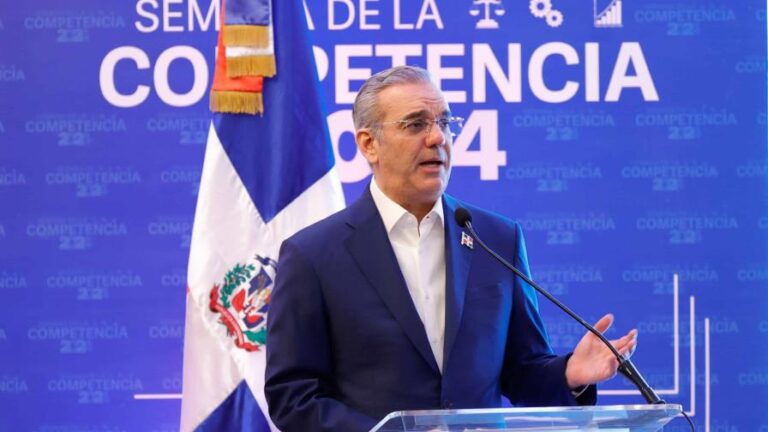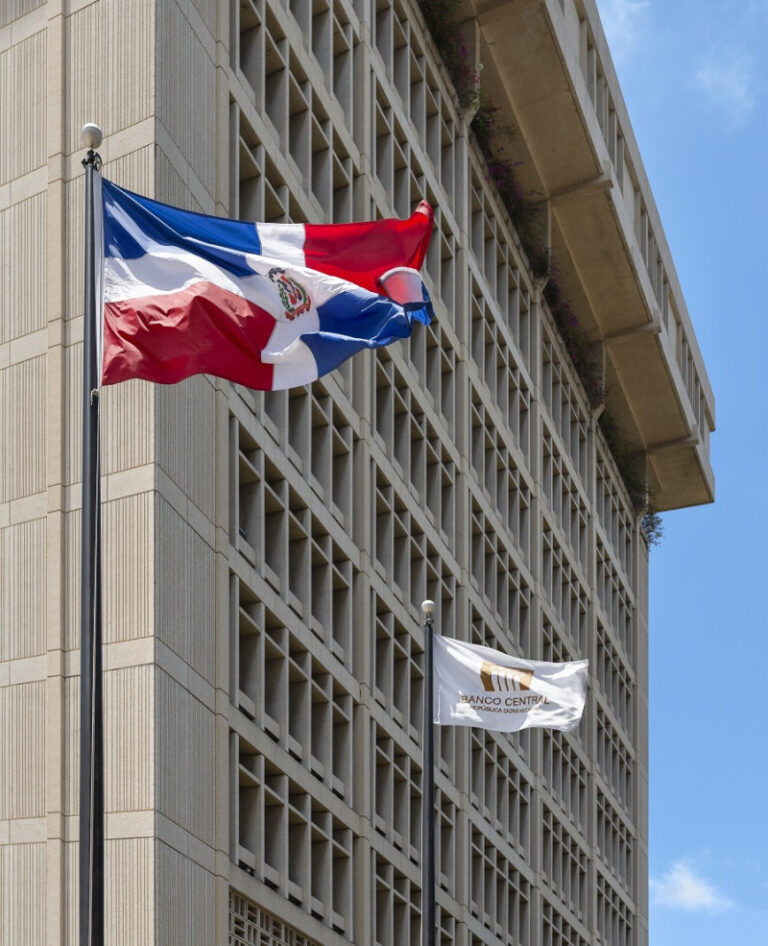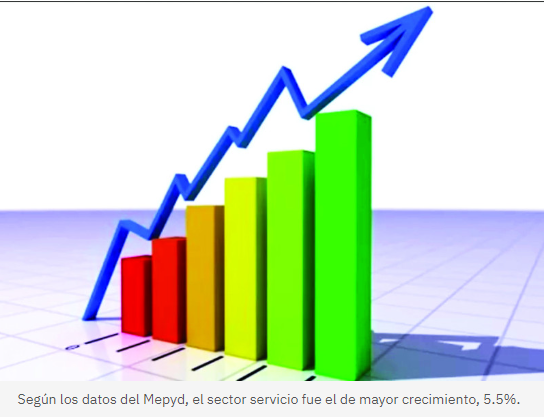The Bank of America Corporation published a report where it highlighted its optimism for the growth of the Dominican economy by indicating that it has grown faster than expected, despite the oil crisis.
It revised upwards its GDP growth forecast for 2022 to 5.5% (from 4.8%) and for 2023 they expect a slower 4.2% expansion.
Bank of America is an American multinational banking and financial services company that conducts periodic country assessments and is among the third largest companies in the world.
Balance of the trip: Somewhat more optimistic. We traveled to Santo Domingo to meet with authorities and locals. After talking to them, we felt somewhat more optimistic about the Dominican Republic’s economic prospects. GDP is growing much faster than we expected, despite the oil crisis. The government is likely to exceed the 2022 budget, both the amended proposal and the original. There will be no additional issuance of Eurobonds in 2022, given the large cash reserves.
GDP growth
Significantly higher than expected. We are revising upwards our GDP growth forecast for 2022, to 5.5% (from 4.8%), due to the big positive surprise of the second quarter (10.5% quarter-on-quarter) and the strong incoming data. For 2023, we expect a slower 4.2% expansion, assuming negative spillovers from a weaker U.S. economy and higher domestic interest rates.
Tourism, the star
Tourism has been the star sector in 2022, accounting for a third of the GDP growth seen in the first half of the year. It has already recovered to pre-pandemic levels. The government expects 8.4 million non-resident tourists by 2022 (between flights and cruise ships), up from 5.3 million in 2021.
Pre-clearance agreement with the US: upside risk for 2023. Passengers flying into the U.S. from the Dominican Republic would be treated as domestic arrivals, bypassing CBP and TSA checks.
Tax data
Much better than expected. The mobile deficit of the Non-Financial Public Sector stands at RD$118.7 billion (2% of GDP) in the last data (June), which already reflects the peak months of fuel and food subsidies when prices were at their highest levels (2nd quarter). This is lower than the deficit seen in 2021 (2.5%), the original ceiling of the 2022 budget law (3% of GDP) and the deficit estimated in the budget amendment (3.8% of GDP) presented by the government.
The government is likely to exceed budget targets. We believed that the cost of subsidies and transfers to the electricity sector would dominate any positive surprises on the revenue side. But this is clearly not happening. So, we revised our non-financial public sector deficit forecast for 2022, to 2.7% of GDP (from 4%), and 2023, to 2.5% of GDP (from 2.8%).
The public debt ratio is likely to fall substantially in 2022. We expect the Gross Debt Ratio of the Non-Financial Public Sector to fall to 46.4% of GDP by the end of 2022, from 50.4% in 2021. The latest reading (July) is US$52 billion (~47.7% of GDP).
The government will not issue any more Eurobonds in 2022. The budget amendment, submitted to Congress in August, states that the government does not need additional funding from international markets.
The Treasury has a very strong liquidity position. The government has many cash deposits, due to overfunding in 2020 and 2021 when the fiscal deficit ended up being much lower than budgeted amounts. That’s nearly $5 billion in liquidity. It looks like a good cash cushion.
Possibility of Tax Rule reform in the next twelve months. In our opinion, given the setback in the tax reform and the temporary suspension in implementing the electricity reform, the news of the Tax Rule – if confirmed – should be well received by the markets since it would represent a structural reform.
Tax rule
Objectives for stock and flow variables. The Tax Rule Law would set targets for both stock (public debt) and flow (fiscal balance variables), and would propose a gradual implementation to avoid social discontent.
The tax rule would not apply to the BC’s quasi-fiscal deficit. The Dominican Republic’s tax rule would be applicable to the Non-Financial Public Sector, leaving the quasi-fiscal deficit of the Central Bank and its large stock of debt (US$18 billion). We are not concerned about the BCRD’s quasi-fiscal deficit and legacy debt. They’ve been dealing with this for almost 20 years.
Monetary policy
We’re probably not done with the hikes. We get the gives impression that the Central Bank is committed to defending the inflationary mandate. With the policy rate at 7.75% and 12-month inflation expectations at 7% (real rate observed at 0.75%), the board still needs to rise at least 0.75% to reach a neutral monetary policy stance. Therefore, we raise our monetary policy rate forecast for 2022 to 9%.
Revising down inflation forecasts. We revised down our inflation forecasts for 2022, to 8.5% (from 10.5%) and for 2023, to 5.1% (from 5.5%). The main reason is that prices will probably be repressed to a greater extent than we anticipated.
The exchange rate should depreciate somewhat in the second half of 2022. The Dominican peso is trading at 53 pesos per dollar, 7% stronger so far this year, which for us is disconcerting due to the widening current account deficit. As for the exchange rate, we expect the Dominican peso to weaken to 55 by December.
Politics
Low risk of social protests. President Luis Abinader continues to have one of the highest approval ratings in the Latin American region. The latest reading published in August by RCC Media is 68.8%.
Presidential elections: an early look at potential candidates. Locals believe Luis Abinader will seek presidential re-election in 2024. The Constitution allows it and there is a long tradition of re-election in the country
The red political tide is unlikely to reach the shores of the Dominican Republic. Beyond this, we note that all potential major presidential candidates are seen as market-friendly. Therefore, the Dominican Republic’s asset prices should not suffer from the volatility usually associated with elections in Latin America, where there is almost always a competitive (left-wing) populist candidate who baffles investors.
Source:
Hoy




